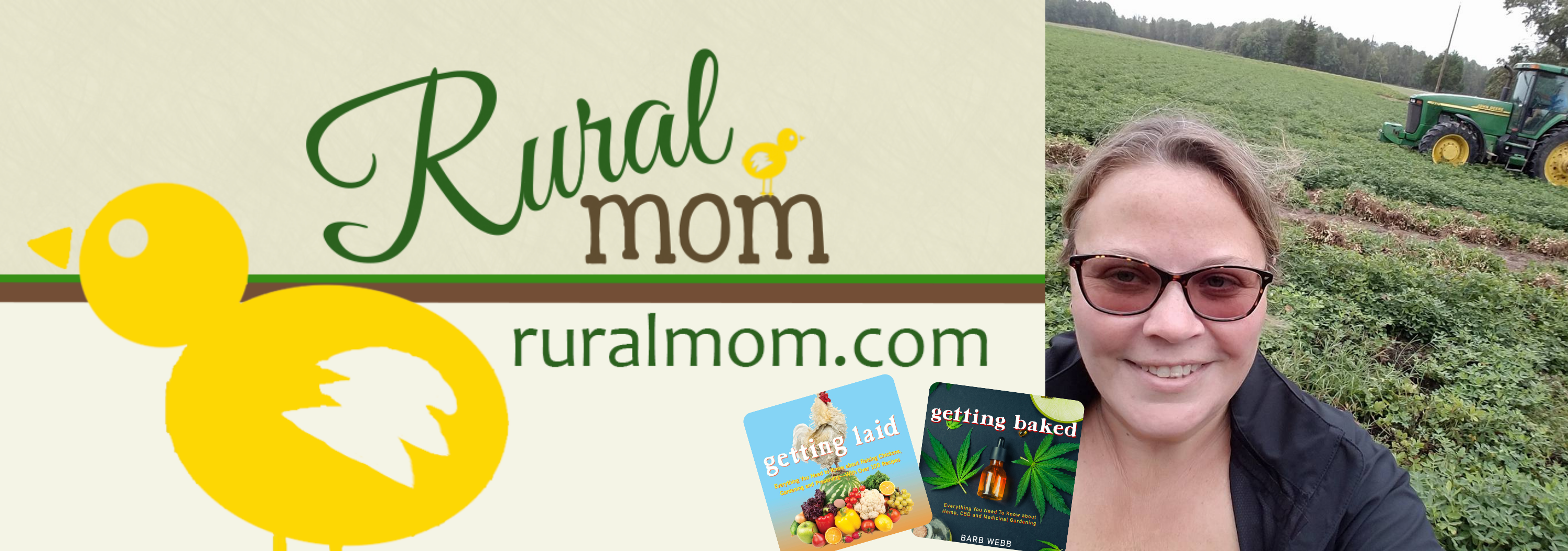If you’re thinking about getting your home ready for the spring ahead, then you might start thinking about your garden and how to ensure it’s a real asset to the home. Whether you want it to give your home some curb appeal, provide peace and relaxation, or even play a helpful role in the environment around it, it’s a good idea to start planning how to improve it. The best plans are based on what you think might currently be missing right now. Here are a few suggestions to get you started.
Weed Overgrowth
If you haven’t been touching the garden much during the colder months, don’t be surprised to find that weeds have spread a lot the next time you take a look. These invasive plants not only disrupt it aesthetically, but sap the nutrients meant to go to your trees, flowers, and shrubs. A detailed weeding plan can help you systemically eliminate them, area by area.
Poor Tree Health
If your trees are not looking their best, not only can it affect the look of your garden, it could be a potential hazard. Keep an eye out for discolored leaves, peeling bark, or dread branches to identify when a tree is dying. If it’s still alive, finding and treating underlying issues like disease, pests, or poor soil conditions, and pruning affected parts can help. If it is dead, however, then removal and replacement with a native species can help ensure a thriving ecosystem.
A Lack of Wildlife Habitats
Your garden can host not just you, your family, and your friends, but some of your local wildlife species, as well. While some might prove to be pests if they damage the garden or home, you can attract others, such as pest predators, with the right companion plants. There are also plants that can help to attract songbirds, bringing a little color and music to your garden while supporting your local environment.
Bad Soil Quality
If your soil doesn’t offer the right kind of environment for growth, then any garden planted on top of it is going to struggle. Conducting a soil test can help you determine the pH level, nutrient content, and moisture levels of your soil. The right food can help you adjust nutrients and pH, but when it comes to moisture levels, you either need to water it more or create a drainage system that helps move excess water away.
Poor Irrigation
Regardless of the moisture levels in the soil, they are going to need to be topped up. Rain often isn’t enough to sustain a healthy garden. Rather than having to hose it yourself, wasting water, and leaving room for error, setting up a smart automatic irrigation system can help you ensure that your plants are well-cared for in a way that’s as sustainable as possible. Investing time and effort into proper irrigation practices not only keeps your garden looking its best but also contributes to the long-term health of your plants.
Find what your garden isn’t doing right, right now, and start making plans to tackle those pain points. The examples above should help you get started.
Discover more from Rural Mom
Subscribe to get the latest posts sent to your email.




Pingback: What Home Maintenance Tasks Are Essential For Rural Properties? Rural Mom